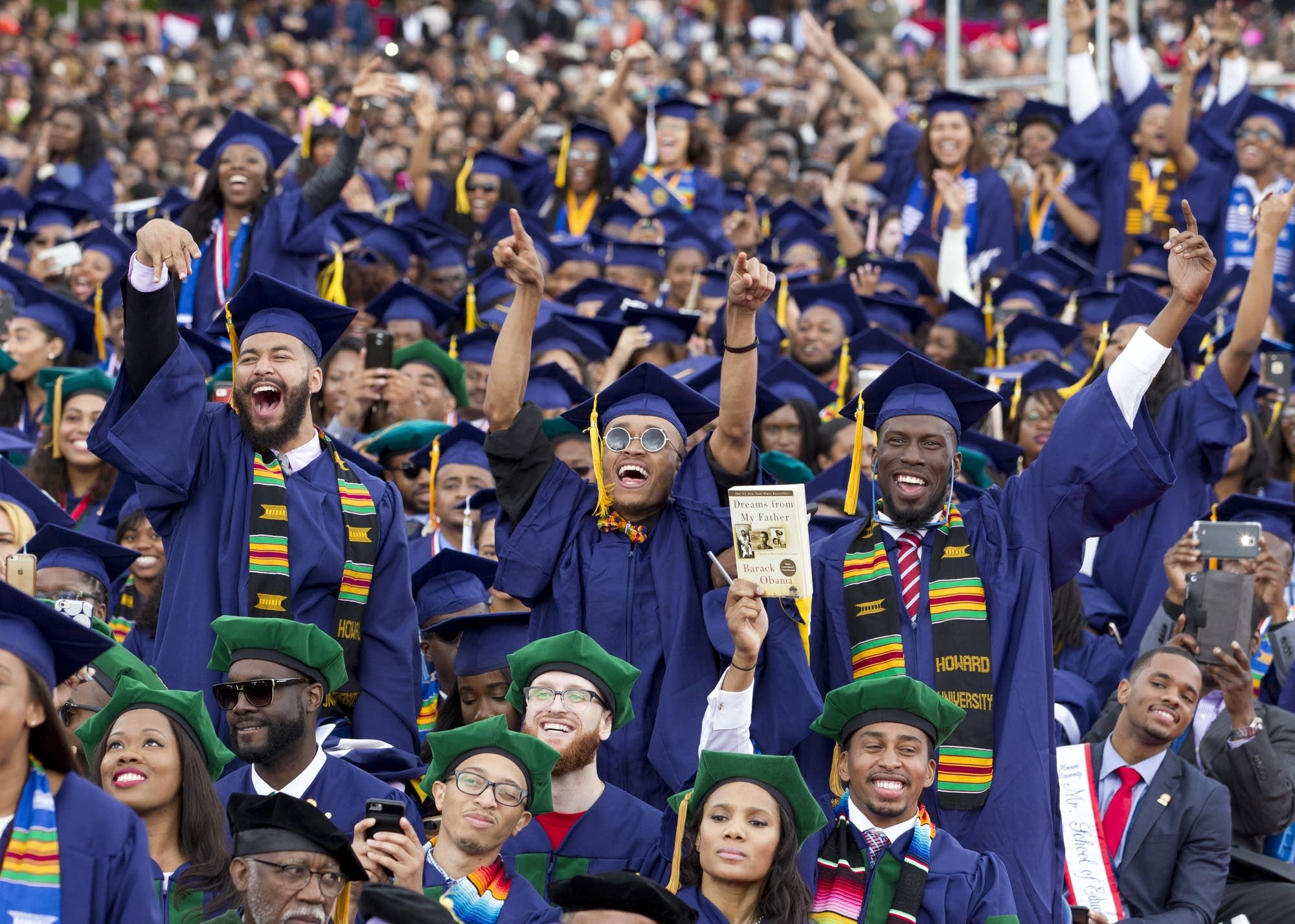Over a century before the Civil Rights Act of 1964 opened colleges and universities to all students, public and private colleges were established in the United States to meet the educational needs of African Americans. These institutions, now called Historically Black Colleges and Universities (HBCUs), provided African Americans with access to education and scholarship that had been denied them during slavery and continued to be denied after the Civil War through racial segregation laws in all of the ex-Confederate states and border states such as Maryland, Kentucky, and Missouri.
Although African Americans were technically allowed to attend white universities in Northern states even before the abolition of slavery (Theodore Sedgwick Wright graduated from the Princeton Theological Seminary in 1828 thus becoming the first black college graduate), they still faced racism and discrimination from faculty, staff, and administrators at all but a handful of institutions. High tuition costs prevented access to Ivy League and other elite universities often in addition to more generalized racism. Also poorly funded, segregated inner city schools in Northern cities inadequately prepared Black students for collegiate work and as a consequence few completed high school. Thus, despite supposed access, only 30 African Americans graduated from predominantly white institutions from 1828 to 1880 and as late as 1910, that number was still under 700.
Not surprisingly the HBCUs mostly in the ex-Confederate states, carried the burden of education for African Americans from the Civil War through the Civil Rights era of the 1960s. As late as 1967 these institutions enrolled approximately 80% of Black college and university students throughout the United States.
That statistic underwent dramatic change following the assassination of Dr. Martin Luther King in Memphis, Tennessee in April 1968. Predominately white institutions became committed to educating Black students to an extend unprecedented in the history of higher education. The push came from U.S. government and sometimes state mandates to promote affirmative action which often meant increasing the enrollment of Black students. There were also internal forces at work as student activists of all racial backgrounds launched protests on predominately white campuses across the nation calling for their institutions to enroll more black students and other students of color.

Whatever the reason or motivation, predominately white institutions responded. The University of Washington for example, saw its black student enrollment increase from 136 in 1967 to 1,110 in 1971. Usually, these institutions saw their Black enrollments peak at between 3% and 5% of their student body total enrollments, but when more than 2,000 of these institutions sought even those small numbers, the total impact led to a dramatic shift in Black student enrollment patterns. The total number of Black students enrolled in U.S. colleges and universities increased from 282,000 in 1966 to 1,062,000 in 1976. Black student enrollment at HBCUs, however dropped to 18% of total Black college and university enrollment and by 2010 it was 9%. For the first time in U.S. history African American students at HBCUs became a minority of Black college students.
This dramatic growth in Black college and university enrollment has been a major factor in reducing poverty among African Americans and making middle class Blacks the largest segment of the African American population but there were unanticipated consequences. One is the decline in the number of HCBUs. In 1930 there were 121 four-year HBCUs. In 2019 that number has declined to 101 HBCUs serving approximately 228,000 students in 19 states, the U.S. Virgin Islands, and the District of Columbia. In contrast, there were 2.1 million Black college and university students in the U.S. in 2019.
After the 2020 summer of Black Lives Matter protests, some HBCUs experienced a surge in enrollment. Student enrollment at Howard University, for example, increased 15 percent from 2019 to 2021 and an even higher increase is expected for the institution in 2022. Nonetheless this surge did not erase the continued overall decline in enrollment at most HCBUs.

